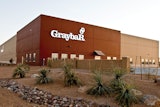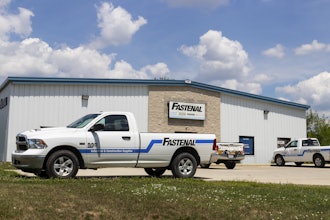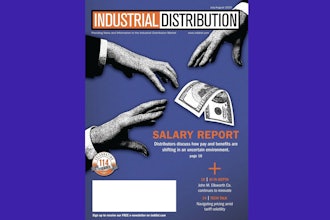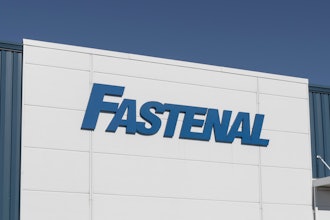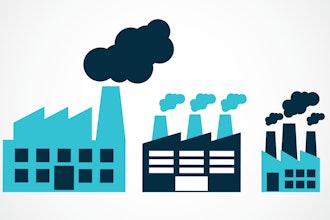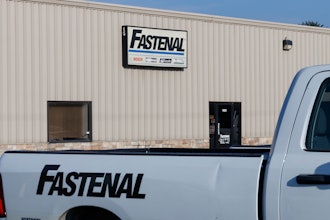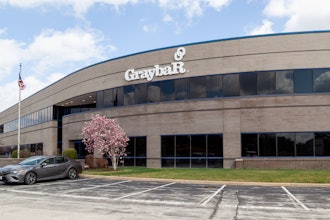
 Paul Reilly, President of Reilly Sales Training
Paul Reilly, President of Reilly Sales TrainingAre you getting all the credit you deserve for the value you deliver? When we ask this question in our seminars, participants say, “No,” followed by a muddled response of laughter and disgust. Why is it that customers don’t give you the credit you deserve? It’s not that you don’t deserve the credit. You just haven’t asked for it.
In a recent study, we asked salespeople how often they review their value added with their customers. We were shocked to find that 78 percent of salespeople rarely, or only occasionally, review their value added with their customers. It’s no wonder that salespeople claim they don’t get the credit they deserve. Customers can’t give you credit for something they didn’t know you provided.
In most cases, customers are unaware of the value you deliver. It’s not that customers don’t care about your value, they just have other priorities. If customers are unaware of the value added you deliver, they start to question whether it’s an equitable exchange. If they forget about your value, price becomes a bigger issue. Salespeople misperceive these customers as price shoppers. Salespeople tell themselves, “I have done so much for this customer, but they still just want a cheap price.” But it’s not that your price is too high. The buyer’s perception of your value is too low.
These same buyers that forget about your value also have your competitors casting doubt in their minds. By casting doubt, buyers further question the value you deliver. These competitors are doing everything they can to dislodge you as the incumbent provider. Creating some angst and finding a sliver of dissatisfaction causes buyers to question whether they are getting a fair deal.
The value added you deliver today becomes tomorrow’s expectation. When buyers experience your value added, it no longer becomes special, it just becomes another expectation. When you’re accustomed to something, you take it for granted. For instance, when is the last time you tried starting your car, and when the engine turned over you said, “Wow! The car actually started. That’s incredible!” Customers get used to your value the same way you get used to your car starting. When things just work, we don’t think about it.
Hoping the customer gives you the credit you deserve is not a reliable business strategy. Nobody gets the credit they deserve, you only get the credit that you ask for. For that reason, salespeople must proactively remind customers of the value they deliver. If you don’t remind customers of your value, it’s easier for competitors to sell their value.
Here are some tips to better reinforce the value you deliver.
It’s a Campaign, Not a Single Event
Our research shows that 82 percent of top-achieving salespeople regularly review their value added with their customers. Customers all suffer from short-term memory loss, so it’s important that we remind them often. It’s critical for salespeople to schedule value reinforcement calls. On a quarterly basis, remind customers of the value they received and the impact it had on their business.
If you’re planning a price increase, value reinforcement becomes even more critical. Anytime the buyer sees an increase, regardless of the nature of the increase, they question the value they receive. So, begin a value reinforcement campaign 90 days before a price increase.
Identify Customer Cost Drivers
Organizations are more sophisticated in recognizing and reducing costs. This creates immense opportunities to prove your value to customers. Work with your customers to understand some of the key cost drivers in their business. Once you understand how your customers recognize these costs, document ways you help customers reduce these costs.
Identify Key Performance Metrics
Every company has key metrics used to help measure their ongoing success. These metrics can focus on operational efficiency, throughput, uptime, profit per part, gross margin dollars, etc. These metrics are highly visible within the customer’s organization. These metrics can also vary by department. Identify the various decision makers involved and then understand the performance metrics for their department.
How does your value-added solution help the customer achieve their desired results? If your customer cannot answer this question, then you’re not getting all the credit you deserve. Help the customer answer this question. Provide the data and metrics to prove your value. Proof is more powerful than opinion.
Have Your Customers Remind Other Customers
Getting customers to brag about you is one of the most effective ways to remind customers of the value you deliver. Publishing customer testimonials is a great way to reinforce your value. Southwest Airlines does a magnificent job of customer bragging. In Southwest’s in-flight magazine, there is a whole section called “Dear Southwest.” This section is filled with heart-warming customer service stories written by Southwest customers.
As you read these stories, you’re reminded of the value that Southwest delivers on every flight. As most people are unaware of the air they breathe, most customers are unaware of the value they receive. When customers are unaware of the value they receive, they question the value of their solution. Customers ask themselves, “Is this still a good exchange for what I sacrifice in time, energy, effort, and money?” If customers don’t believe your solution is fair, they focus on price. This perceived lack of equity is the number-one reason buyers object on price. Embrace value reinforcement and start getting the credit you deserve.
Paul Reilly is president of Tom Reilly Training and co-author of “Value-Added Selling”.
